Visiting the Dead Sea in Israel
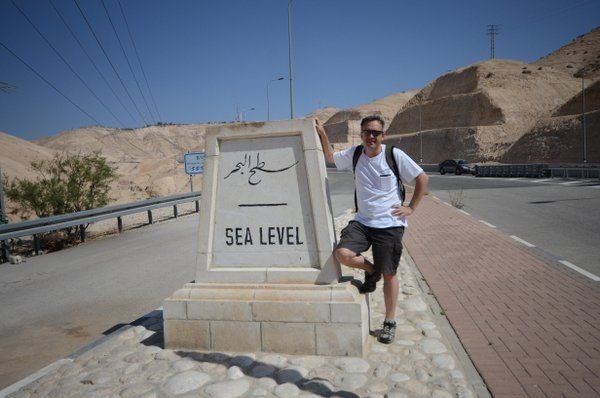
My friends and I pull over to the side of the road where a sign shows a single black line across its center: Sea Level. This is a real-life travel moment that requires an underscore. Here we are surrounded by desert, baked hills of pale dirt and stone too bright in the midday sun to even look at without sunglasses, and yet being led to think of the other 71% of the earth’s surface that is more fish-friendly. We mark the occasion with posed photos and continue on descending even further into what is the lowest point of dry land on earth: the Dead Sea basin.
We are traveling to the Israeli shores of this sea and I marvel at how so much of the Middle East, the historic center of civilization, seems an uninviting, harsh landscape, barely capable of sustaining life. Something in another context a farmer might be glad to part with for a bag of shekels, and yet hotly contested real estate as far back as one can find records.
And ancient records are the theme of our first roadside attraction after the ocean’s underscore. The highway comes to a color change; ahead of us the edges of a silver-blue sea spread out between Jordan and Israel and the West Bank, and a haze airbrushes the line between water and sky. A palm plantation pops up impossibly from a field and a short while later we pull into the parking lot of Qumran. Up the hills are caves, you can see a couple from where I stand, where in 1947 a Bedouin shepherd literally fell into an incredible archaeological discovery: the Dead Sea Scrolls. Among them were rules of religious and daily life, apocryphal manuscripts from the Second Temple Period of Judaism, and the oldest surviving copies of texts from the Hebrew Bible.
Qumran is a settlement constructed a century or more before the birth of Christ. At the advice of a guide, I gather my hat, sunscreen, and a bottle of water and wonder how the former residents – often believed to be the Essenes – managed out here. Steps lead down into ceremonial baths. That’s right, baths.
In a place that sees rainfall perhaps a couple times each year, water was collected and enough to sustain a community during the long, dry interim. Back in Jerusalem one can see some of the original scrolls at the Shrine of the Book. A film at the visitor center here suggest that John the Baptist may have once lived here. The bland rocks and simple ruins tickle the imagination and flame archaeological debate.
Farther south along the highway is another monument to human endurance, albeit with a tragic ending. High up on a plateau, an ideal natural formation for a fortress, lie the ruins of Masada. A mildly paranoid Herod the Great created this refuge in the case there ever was a revolt. Well fortified with provisions and cisterns it ended up being the final stand for a group of Jews against a Roman siege not long after the 70 AD destruction of the Second Temple in Jerusalem. We reached the summit by cable car looking out over a terrain of white stone worn by wind and seasonal rains. According to Jewish historian Josephus, the siege lasted over two months and ended with the Romans breaking in by constructing a ramp, but only finding the inhabitants had committed mass suicide rather than be taken captive.
Along the highway we stop for refreshments and a tour of a lush botanical garden at Ein Gedi kibbutz. There are rooms for travelers there and one can experience a bit of the communal life in an oasis of green in the Judean desert. The kibbutz, founded in 1953, has over 24 acres of gardens which are home to 900 species of plants, including some notable baobab trees.
We end the day’s journey at our final destination, a small strip of resorts along the shores of the Dead Sea. Travelers come here for health purposes. We have arrived at a point roughly 1,388 feet below sea level. The low altitude weakens the sun’s rays a bit more making it possible for people with skin ailments to bask in the light for longer periods of time. The minerals in the mud are made into skin care products and bathers smear it over their bodies before soaking in the salty sea.
With salinity of 33.7%, calling it “salty” is an understatement. The water burns on the lips, and if it graces the tip of your tongue, it feels worse than emptying a saltshaker into your mouth. Never mind getting it in your eyes. From the private beach of the Isrotel Hotel, I follow an underwater mat over the scattered stones along the shore until I am out to a sand-mud bottom in waist deep water. Being told how buoyant I’d become doesn’t prepare me for what I actually experience. This is as close to weightless as one can become on terra firma. Swimming is next to impossible as you can’t get enough of your body into the water to make effective strokes. It’s as though you are on a slightly underinflated air mattress.
I lie on my back and can hold my feet and arms up out of the water without even getting my chin wet. I sit up straight and cross my legs and I am buoyed up, floating like a genie with the water not even to my collar bone. A tourist poses for a photo while pretending to be reading a magazine, reclined as if on a day bed. It rates as one of the most unusual physical experiences I’ve ever had, and I spend the next half hour testing the limits of Dead Sea silliness, a grown child sorting out a natural phenomenon that doesn’t seem natural.
The water, like the land, is surprising. It supports much more than one expects and everything is concentrated and intense. It is a thought that stays with me as I make my way around the Dead Sea through Israel and Jordan. In the morning, preparing to depart, I watch the sun rise over the sea and an hour later, I voyage north for the fresh water of Galilee.

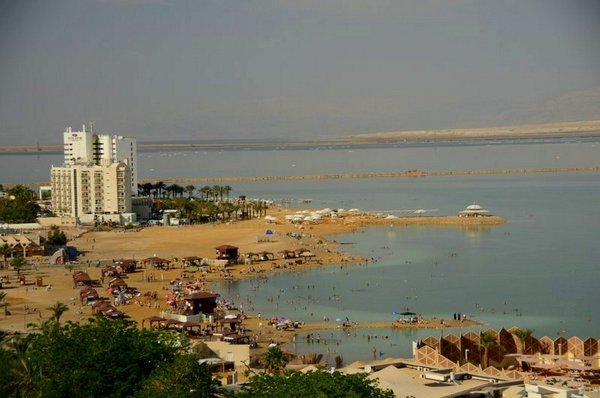

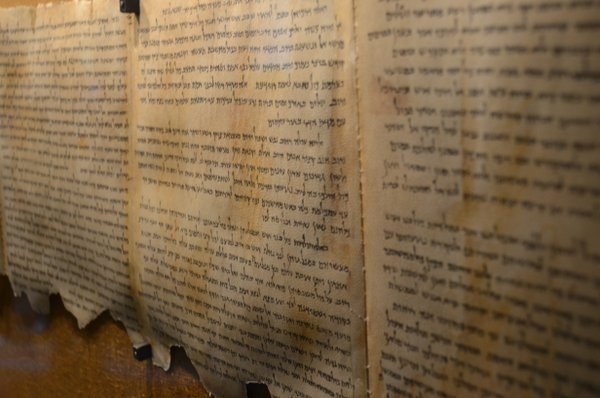







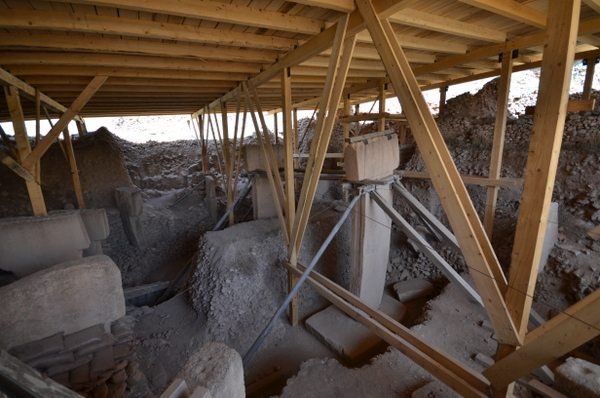
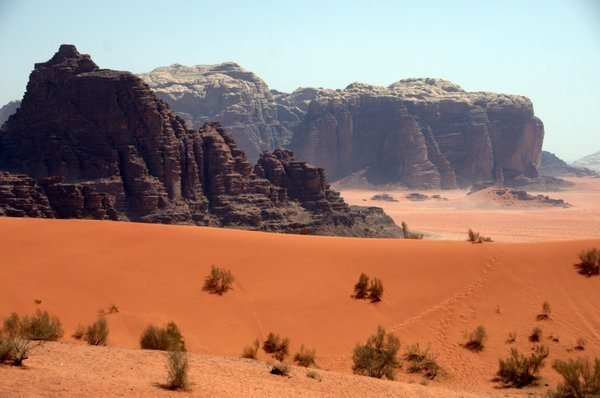
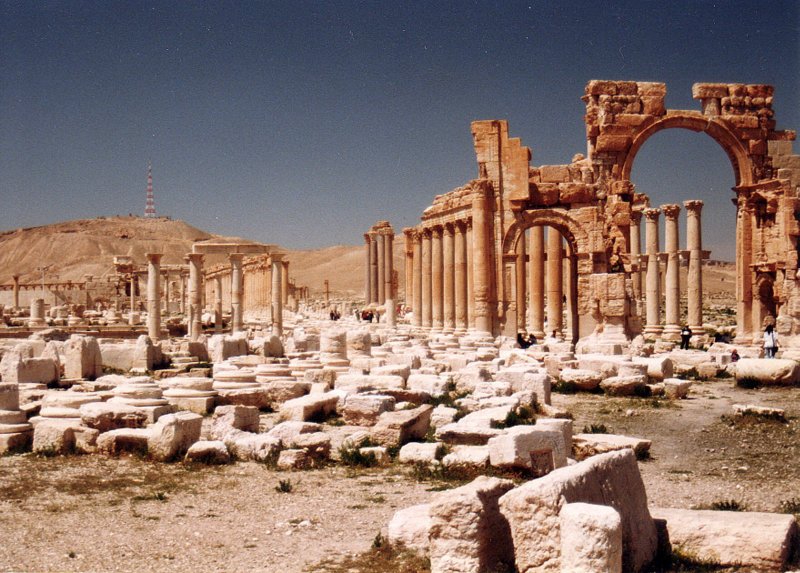

 ORDER YOUR COPY TODAY!
ORDER YOUR COPY TODAY!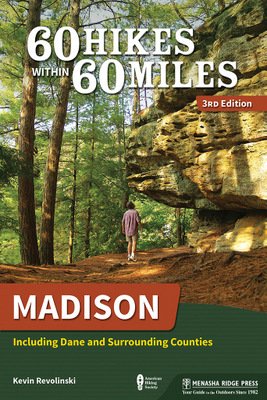 ORDER YOUR COPY TODAY!
ORDER YOUR COPY TODAY!
We visited the Dead Sea on the Jordan side and I loved it – such a fascinating wonder…
I got to both sides of it on that trip. So bizarre to float like that. But the big surprise for me on the Jordan side was Mujib Nature Reserve! (which I still haven’t posted yet – so behind, always behind!)
Really glad to have stumbled onto your site. I am a travel advocate as well. Finally took a second trip to Israel last year, was there in 1974. So very different and so very much the same. A fascinating land.